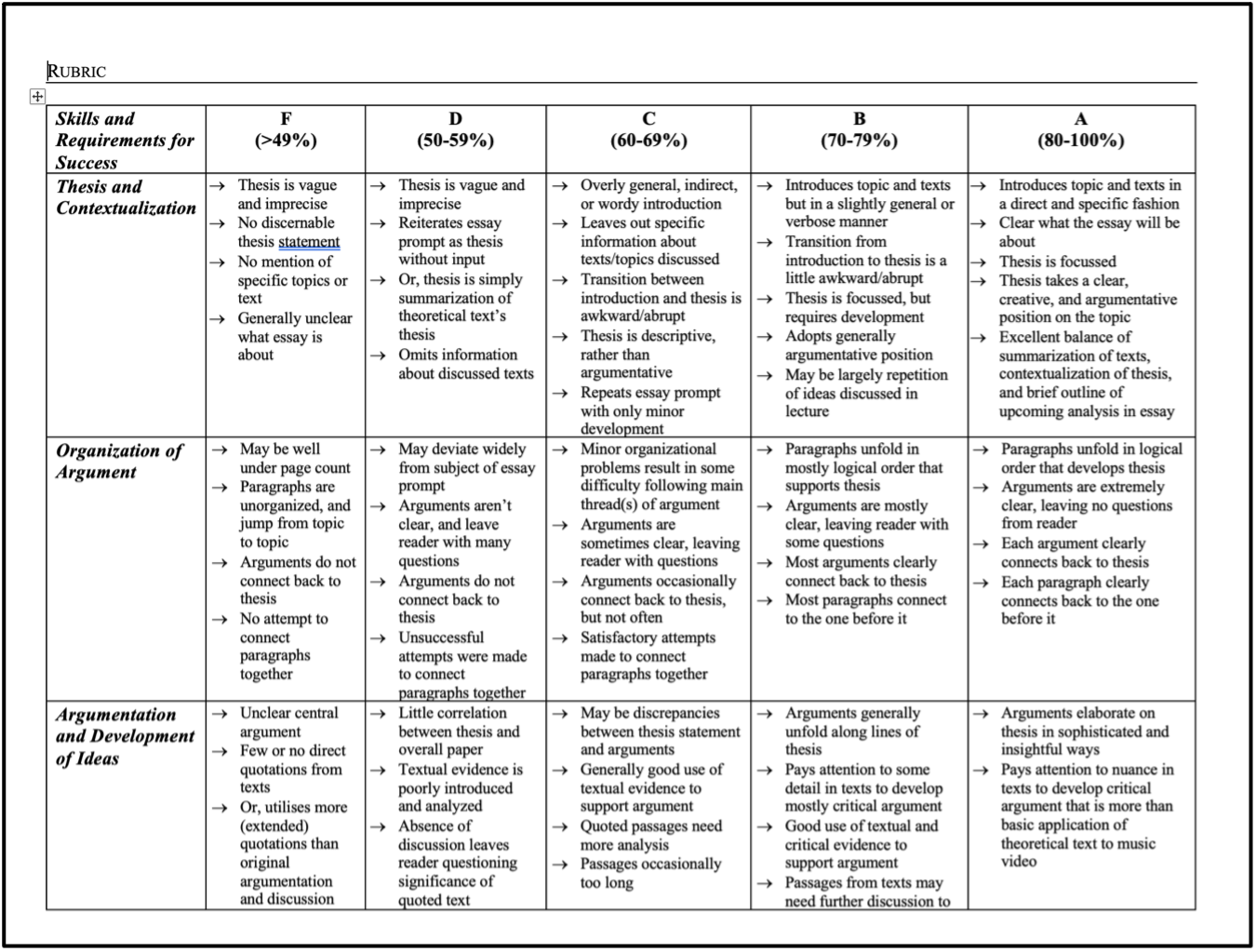24 Consistency in tutorials
How did you establish a clear and consistent tutorial schedule/experience for students?
EG: One thing to be very clear about is when tutorials begin and run. My undergrad institution followed the practice of having any tutorial cover the same content of that week (e.g.: a Monday tutorial would discuss the material covered in the Wednesday lecture, two days later), but many students and some TAs defaulted to having the subsequent Monday’s tutorial cover the previous week’s Wednesday material. So there was some understandable confusion! Decide on an approach with the tutorial schedule at hand, so you can anticipate issues around assignment submission due dates, the final week of classes, etc.
As for marking: marking consistency is a challenge in courses with many tutorials. It is especially challenging in an online learning environment, because students are always communicating and comparing, often with the full group. I suspect this will continue post-remote learning. Instructors are responsible (as per the handbook) for “reading all of the first assignments after TAs have marked them, and for checking a representative selection of subsequent assignments, and reviewing the list of grades assigned to all of the papers.”
ES: As Emily mentioned earlier, it is important to have a tutorial syllabus to guarantee consistency, and I would encourage all instructors to suggest this tactic to their TAs.
Consistency in grades is something that I worried about quite a bit, and especially because some of the markers that I worked with had no experience. As a result, the rubric was constructed partially by myself and the markers, and partially by myself and a student assistant for remote learning, Kirsten Feldner. This rubric required the markers/graders to highlight the essay’s demonstrated criteria in each grade column. If there were more highlights in the C column than the B column, then they could easily discern that they were dealing with a C essay.


